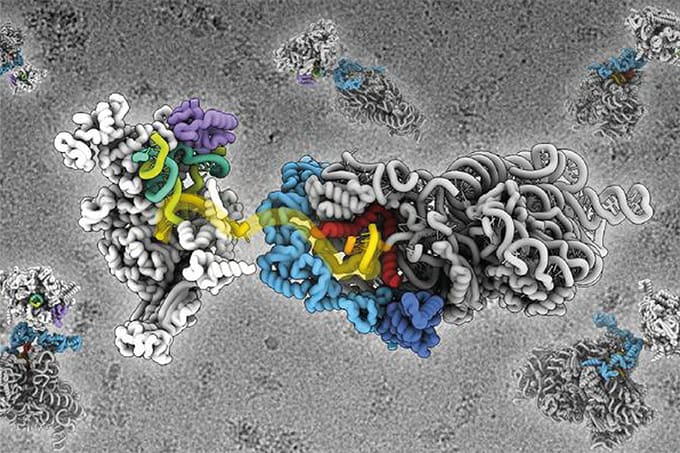What has been the most significant development in your field over the past 10 years?
In our field of Raman microscopy, correlative imaging – the integration of multiple techniques to acquire data from a sample – has really flourished.
By itself, Raman is a powerful analytical method that can characterize materials in a sample, as well as identify molecular allotropes and polymorphs, determine their orientation, purity and crystallinity, and detect their strain states. With the same optical setup, researchgrade Raman microscopes can also record photoluminescence spectra for materials and life-science applications. Correlative Raman microscopes enable the integration of these capabilities with other complementary approaches through a modular hardware and software architecture
Are there any examples you would like to highlight?
Certainly. Atomic force microscopy combined with Raman imaging can illuminate relationships between structure and chemistry, while also acquiring data on sample adhesion, stiffness, viscosity, and electrostatic potential. Raman can also be combined with optical profilometry to investigate roughly textured, curved, and inclined samples by keeping the surface in constant focus. These topography-guided analyses are especially useful in looking at pharmaceutical tablets in whole form, raw materials, and any experiments with long measurement times that may require compensation for changes in temperature or humidity.
Raman imaging and scanning electron (RISE) microscopy brings vibrational spectroscopy into the vacuum chamber of a scanning electron microscope (SEM), producing structural and chemical insights at the nanoscale. Software-facilitated overlays of Raman images on SEM scans can deliver comprehensive insight to researchers looking at novel 2D materials, battery materials, semiconductors, polymers, and geoscience samples.
Taken together, these combinations have enhanced the utility and versatility of Raman microscopy, while also broadening its appeal to a wide range of application areas.
Which specific advances and innovations has your organization achieved?
In addition to developing correlative Raman microscopy systems, we leveraged the research-grade whitelight microscope from the WITec alpha300 to create a tool for automated Raman-based particle analysis. Our ParticleScout option has many advantages over competing methods for vital research in environmental science and pharmaceutical development. Its sub-micron resolution and ability to investigate aqueous samples set it apart, as does its integration with our Raman spectral database software, TrueMatch.
How has your company made a difference over the past 10 years?
We’re most proud of bringing Raman microscopy to an ever-growing number of disciplines and types of facilities. What was formerly a specialist favorite has gone mainstream and WITec’s products have played a central role in this development.





